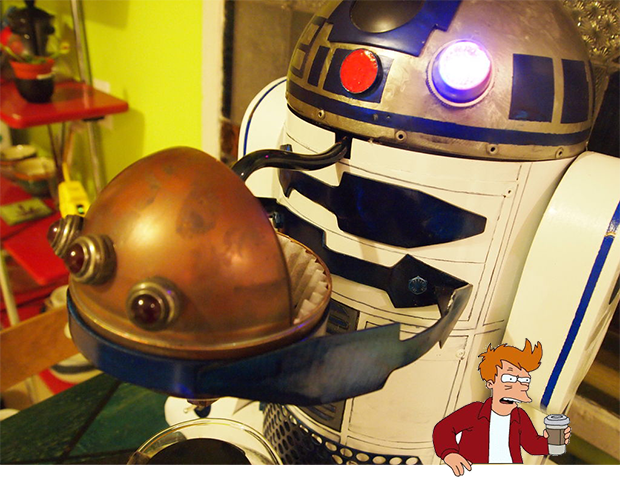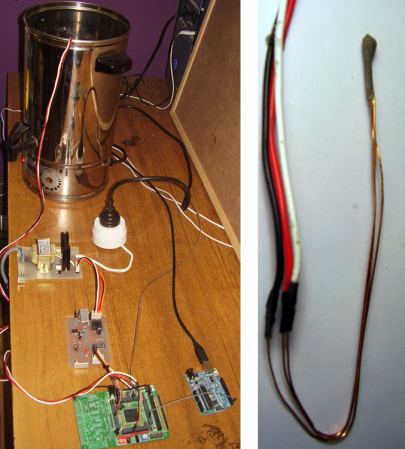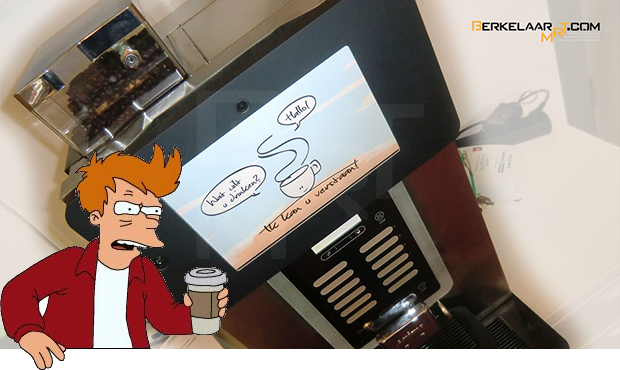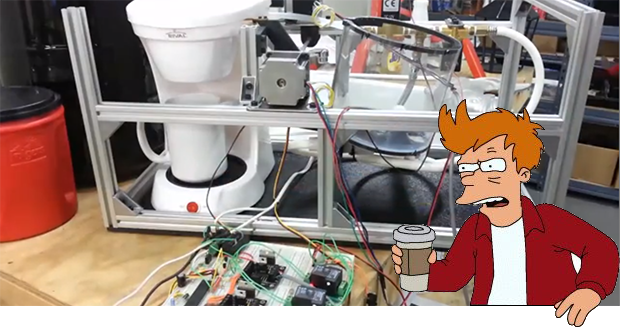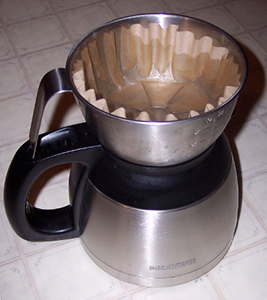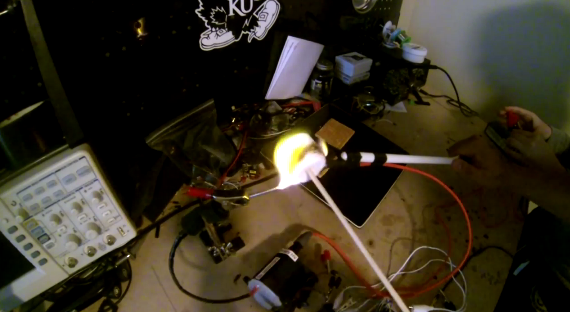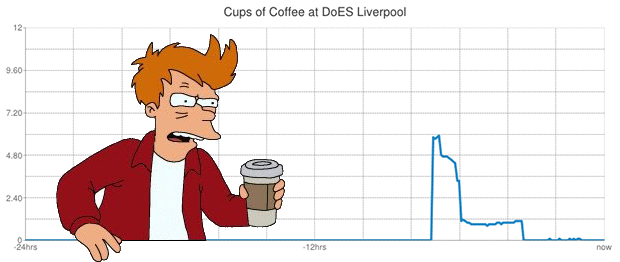
Coffee has always been an important part of the internet; the first webcam ever was in the Trojan Room of the Cambridge University Computer Laboratory to monitor the contents of a coffee pot. Now, instead of webcams, we have Arduinos and a bathroom scale. Not particularly similar to a webcam, but more than enough to keep track of how much coffee is currently available at DoES Liverpool.
Being a techy workshop/studio, coffee is always in short supply at DoES Liverpool. Instead of getting up and checking the pot, [Patrick] thought it would be a good idea to monitor the contents of a coffee pot online. He’s doing this with a bathroom scale underneath the coffee machine connected to an Arduino Ethernet module. By measuring the weight of the coffee pot and subtracting the known empty weight, [Patrick] can get a pretty good idea of how much coffee is left in the pot, and how long the coffee has been sitting there.
The data from the Arduino is fed to an Xively feed that displays the current status of the coffee machine on any computer with an Internet connection. Far more sophisticated than the first webcam ever, and a very useful tool for everyone at DoES Liverpool.

